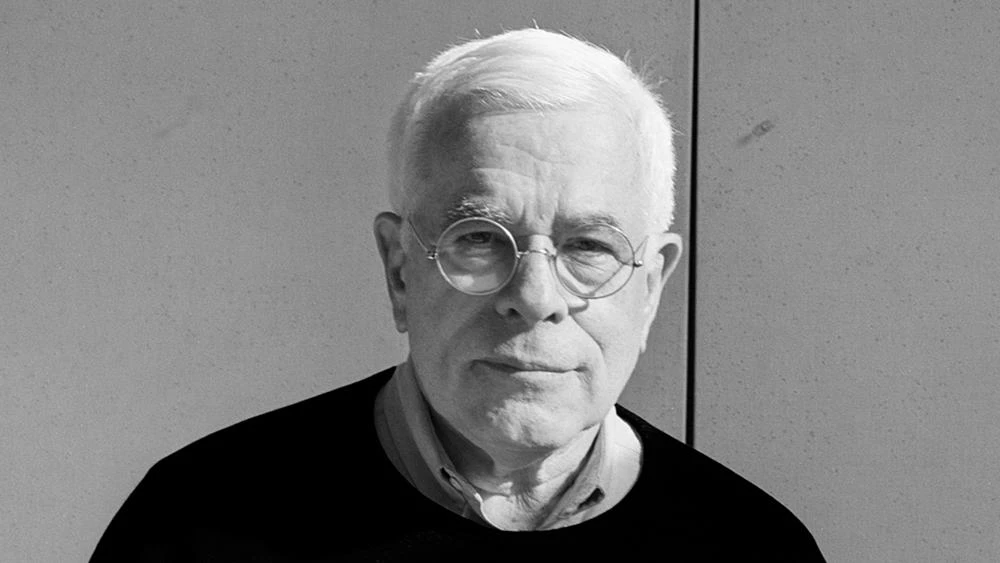
Peter Eisenman at 85 is on his way to being the longest-living architectural heretic ever. Since the 1960s, when he set about to rock the discipline, he has kept producing texts, disciples, and designs. Proving his continued relevance are an anthology of his essays, and transcripts of lectures about him.
The anthology is a carefully edited publication. The original texts are full of neologisms, word plays, and philosophical references. Reading them requires effort and concentration, not easy nowadays. But thanks to the book, though late in coming, we can now have a better understanding of Eisenman’s work in the Spanish language.
Sanford Kwinter’s foreword is followed by 11 texts spanning 40 years of the author’s research, from an essay on architectural form, a synthesis of his thesis (1963), to an article upholding the autonomy of the discipline and the importance of criticism (2000). The second part, ‘L,’ includes 4 architectural project descriptions: one on his early houses (1970s), two from the time of Cities of Artificial Excavation (1980s), and one on folds and digital experimentation (1990s). The book ends with a letter to Jacques Derrida.
Forty years is a long time, but longer is the timeframe in which Eisenman wants to place his work. Many of the texts reach back to Alberti, father of the autonomy of the discipline. Palladio, Piranesi, and Terragni are other references of his. Eisenman questions the anthropocentrism, classicism, and phenomenology that dominate modern architecture. The time dimension and the meaning of the architectural object are readdressed using Chomsky, Derrida, Foucault, or Deleuze concepts.
Although his references are mostly Anglo-Saxon, Italian, and French, Eisenman’s most important construction to date is in Spain. Strangely, the book says nothing about that work.
More things are missing, given that the 19+19 essays of the volumes published by Yale (2004, 2007) are down to 11+L. But the works selected are the major ones, and suffice to give an idea of Eisenman’s intellect.
The second book is not as important in content, nor as well produced, but is easier to read, being a transcription of lectures given in Belgrade in November 2013. Although the title promises a dialogue of architects and philosophers, the participants are architects making philosophical allusions. But the absence of philosophers perhaps helps frame the discussions within the realm of architecture. The themes and debates are intelligent, though most of the speakers are from Eisenman’s orbit, minimizing opposition, even in the session ‘Against Eisenman.’
One wonders what use there is in transcribing lectures that can be watched for free on YouTube. Moreover, the edited text is hardly illustrated, so is sometimes hard to understand.
Nevertheless, two elements complete the anthology: Eisenman’s interventions help to decipher the texts; and repeated allusion to the City of Culture in Santiago de Compostela, mentioned in all six lecture sessions, is evidence of international interest in that project, even as in the Spanish context it seems to remain a taboo.







